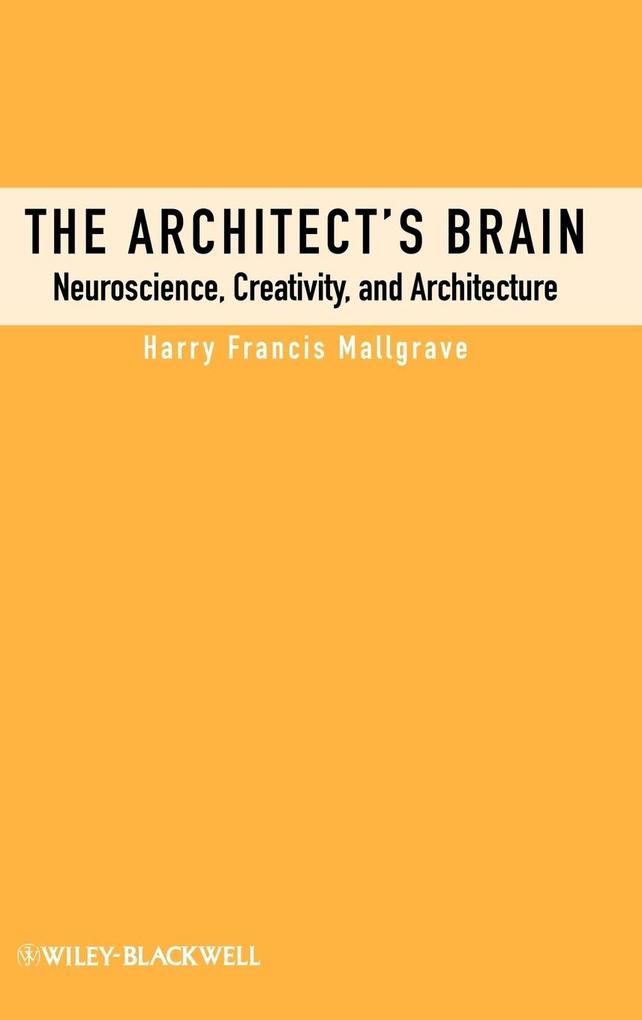This richly detailed study explores the issue of how architects view the phenomenal world. Mallgrave sketches various moments of architectural thought as a cognitive manifestation of philosophical, psychological, and physiological theory. He later repositions this question from the perspective of contemporary neuroscience.
Did classical and Renaissance theory in fact have a biological basis? Does the architect possess a highly specialized brain? Is neuroscience today providing architecture with a new foundation for design thought? These are a few of the compelling suggestions offered by this richly detailed study, which explores - from two perspectives - the issue of how architects and designers view the phenomenal world. In part one of The Architect's Brain, Mallgrave sketches various moments of architectural thought over the last 500 years as a cognitive manifestation of philosophical, psychological, and physiological theory. In part two, he repositions this question from the perspective of the remarkable insights of contemporary neuroscience, particularly as they have advanced within the last decade. What emerges is a surprising neurological justification for some very timeless architectural ideas, from the multisensory nature of the architectural experience to the essential relationship of ambiguity and metaphor to creative thinking. The author cogently argues that architecture (aside from its intellectual affectations) is radically an emotional and perceptual experience grounded in biological values that should be placed in the foreground. Not since Richard Neutra's Survival Through Design (1954) has such a provocative thesis been put forth in the field of architectural theory.
Inhaltsverzeichnis
Introduction Part One: Historical Essays
1. The Humanist Brain (Alberti, Vitruvius, and Leonardo).
2. The Enlightened Brain (Perrault, Laugier, and Le Roy).
3. The Sensational Brain (Burke, Price, and Knight).
4. The Transcendental Brain (Kant and Schopenhauer).
5. The Animate Brain (Schinkel, Bö tticher, and Semper).
6. The Empathetic Brain (Vischer, Wö lfflin, and Gö ller).
7. The Gestalt Brain (The Dynamics of the Sensory Field).
8. The Neurological Brain (Hayek, Hebb, and Neutra).
9. The Phenomenal Brain (Merleau-Ponty, Rasmussen, and Pallasmaa).
Part Two: Neuroscience and Architecture.
10. Anatomy: Architecture of the Brain.
11. Ambiguity: Architecture of Vision.
12. Metaphor: Architecture of Embodiment.
13. Hapticity: Architecture of the Senses.
14. Epilogue: The Architect's Brain.
Endnotes.
Bibliography.
Index.










